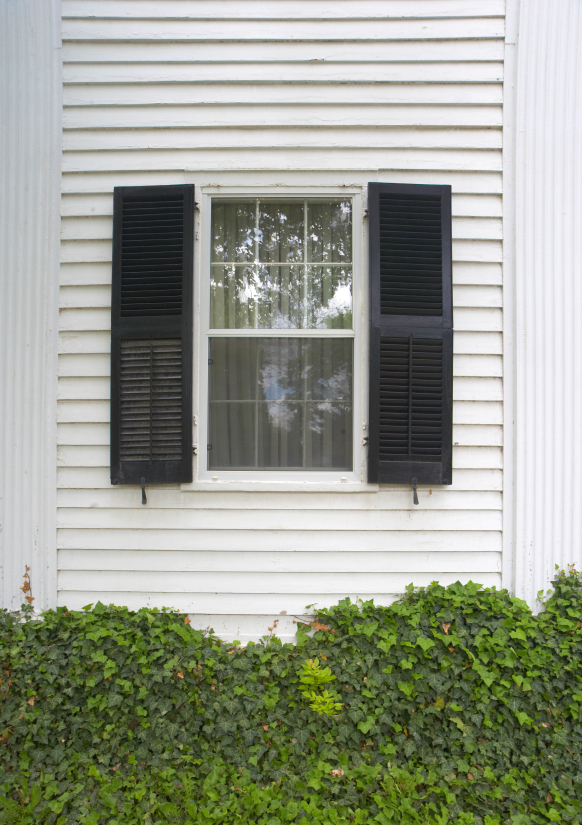Kudzu is usually described as “the vine that ate the South,” but there is another vine — an ivy — that is giving kudzu a run for its money.
In fact, it’s not uncommon to see them both growing in the same area. While kudzu grows in leaps and bounds, English ivy is no slouch in this department.
Twenty years ago I left the 32nd floor of a New York City apartment building to move to a North Carolina town that is, with little exaggeration, covered in English ivy. My front yard consisted of a half-acre of pure, unadulterated English ivy trying to grow up pine trees. Little did I know about the ramifications of English ivy running amok, because at that point my gardening life consisted of filling a few planters on decks and balconies.
As I was blessed with good soil — not the impenetrable red clay that so befuddles newcomers to the South — I gradually began to get interested in gardening. And that’s when I became conscious of the priceless real estate inhabited by my English ivy.
This invasive plant that deer refuse to eat, that harbors copperheads, and is capable of toppling trees did not warm my newly awakened gardening heart. However, the crowning blow to my English ivy crop was its refusal to share the wonderful soil underneath it, soil that 50 years of decomposing vegetation had created. English ivy, simply stated, does not suffer other plants gladly.
The upshot was that I started pulling it out, beginning at the edges, figuring that the copperheads would move to wherever distracted copperheads go. The process was slow, but it quickly became apparent that while ridding myself of one problem, i.e. the English ivy planted in my good soil, I was rapidly creating another: where was I going to put the carcass?
Garden refuse pickup occurs once a week, and I could fill up my cans in an hour. Massive piles of the stuff blocked my driveway, including my cars. And despite using the heaviest gloves I could find, my hands were raw. Experts describe English ivy as “shallow-rooted,” but that doesn’t mean it willingly departs from the soil.
There is a happy ending to this tale. My builder happened to come by. Now everyone needs a Roscoe in her life, as Roscoe can do anything. Magically he remarked that he had a Bobcat — and Bobcats are made to take out half-acres of English ivy. Plus — and this is really the important part — he said he could take the remains away.
English ivy is both a groundcover and a climbing vine. As a groundcover it does just that: it covers all the ground it encounters with such determination that it’s impossible to apply the brakes. As a climbing vine, it attaches itself to trees and buildings through root-like tendrils that can destroy mortar. Because the ivy substantially increases the weight on a tree and because it blocks out the sun, the tree will eventually die or topple over.
Another reason to prevent the climbing of English ivy is that the ivy, like all ivies, has two stages: juvenile and adult. Once it has climbed to a certain height, somewhere between 70-90 feet, English ivy loses its tendrils and bushes out. At this point it produces its fruit, which the birds digest, excreting its many seeds willy-nilly on the ground.
Roscoe and the Bobcat took out the half-acre of the evil English ivy in one afternoon. Because English ivy is shallow-rooted, much of the beautiful soil remained in what was now a virgin state, so I happily began to fill up the vacated space with plants.
The ivy was gone, truly gone, and did not come back. Over the following years I would find seedlings offered up by my many birds. The moral of this happy tale are several: never plant English ivy as it really is an invasive plant and, if you have it, be sure to acquire a Roscoe with a Bobcat. I still, alas, have copperheads, but they now have to languish out in the open.
The downside, of course, is that some landfill in North Carolina is now covered with a mass of aggressive English ivy. In my nightmare, I dream it is wending its way back to my half-acre in revenge.









